Variation in the temporal and place effects on the dengue fever mosquito vector Aedes aegypti (L.) in Jeddah Province
Autor(es): Mahyoub, Jazem A
Resumo: Black-Hole light traps were operated during January 2013 until June 2014, in an attempt to pin point the variations based on place and time of the Dengue Fever Mosquito Vector (DFMV) population density. This was carried out in order to determine the relationship between its density and the prevailing conditions of temperature and relative humidity, as related to the actual positive cases of dengue fever infection. The study showed a continued presence of the mosquito vector throughout the year, with significant differences in the population density and the time of the vector recovery. The results also showed a negative correlation between population density and temperature, whereas a positive correlation with the relative humidity. Our results showed two seasonal prominent activity peaks during February and November, during the year 2013 with a projected indication that a high peak might occur in 2014.The population density showed variation, according to the locations where Um-Alsalm locality indicated significant recovery of dengue fever vectors. Khozam locality displayed the least recovery throughout the year. The highest dengue fever (DF) infection was recorded in Aziziyah, Old Airport and the University localities, followed by Khozam and Al-Balad localities. However, other localities are currently under investigation proved to have no reported cases of dengue fever (DF) infection throughout the year.
Palavras-Chave: Dengue fever; Variation in the Temporal;Aedes aegypti
Imprenta: Biosciences Biotechnology Research Asia, v. 12, n. 1, p. 45-50, 2015.
Descritores: Aedes aegypti - Dengue
Data de Publicação: 2015








